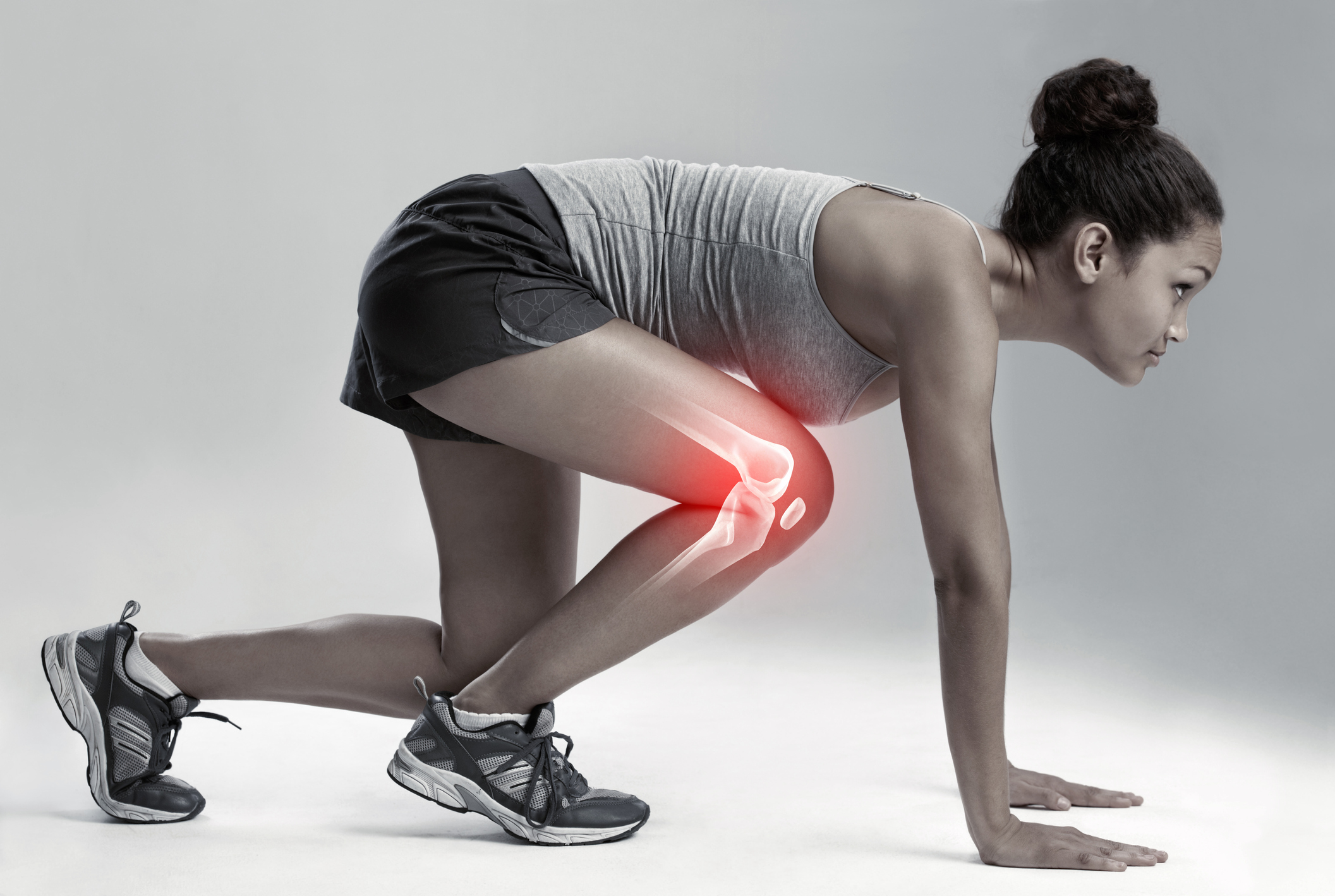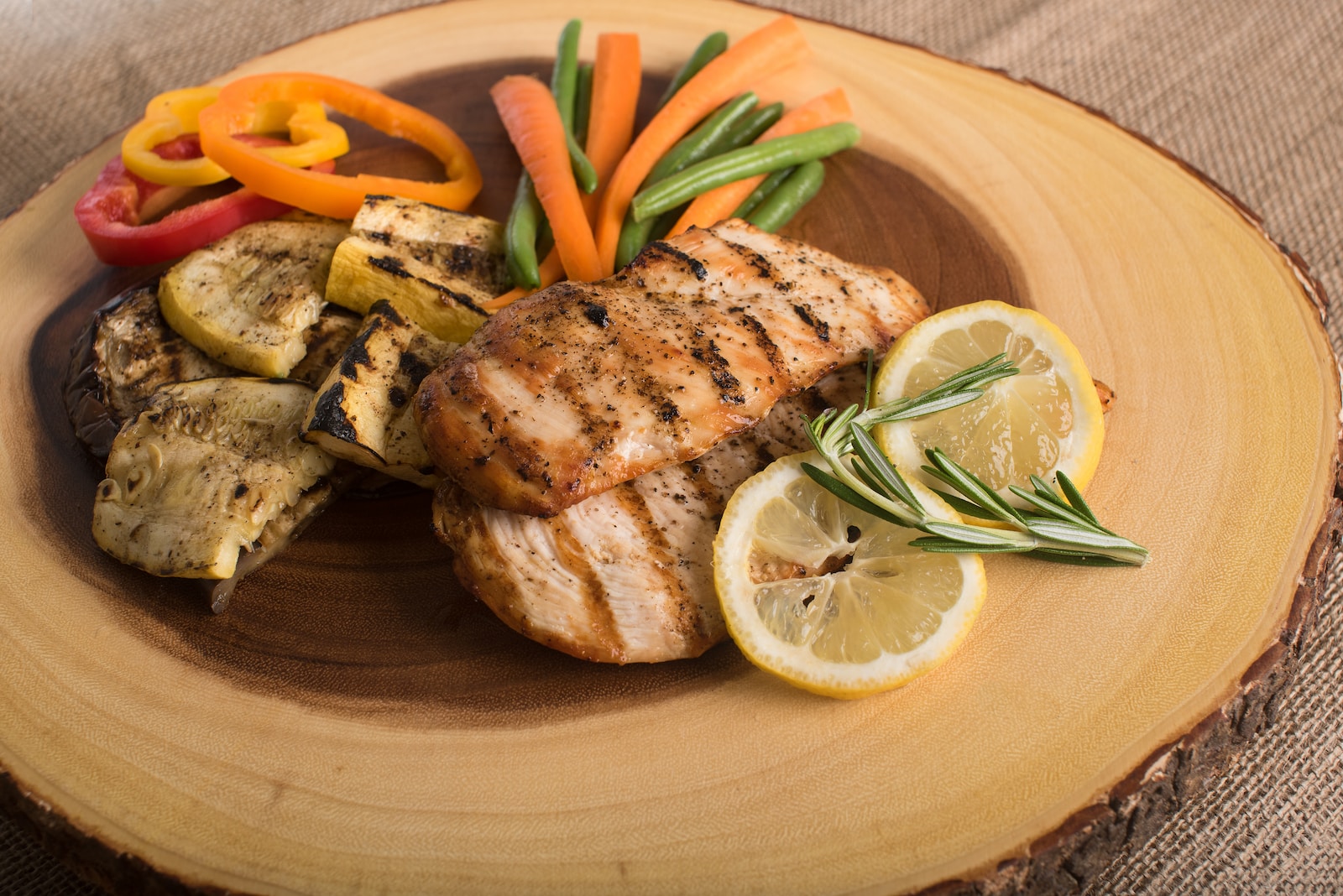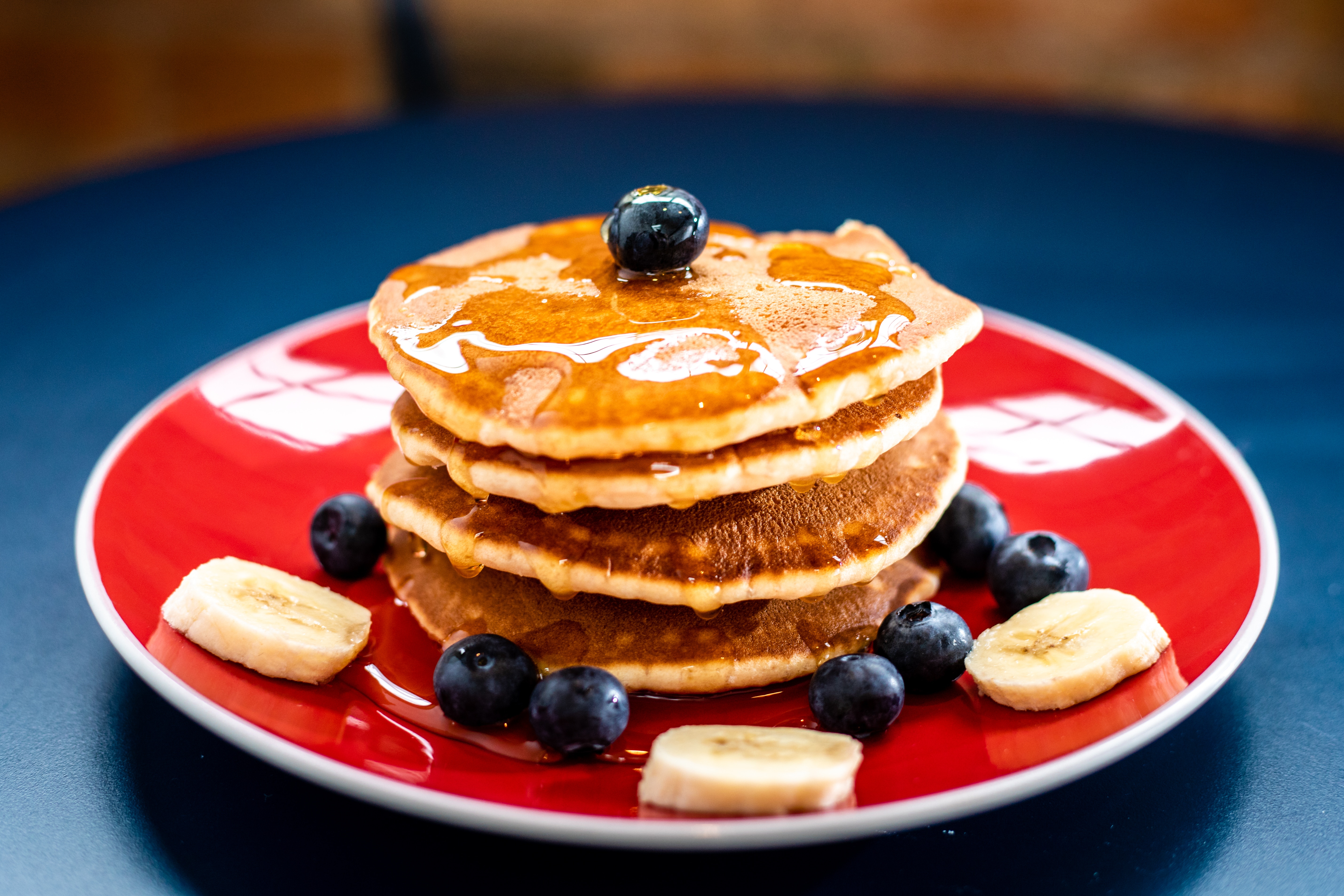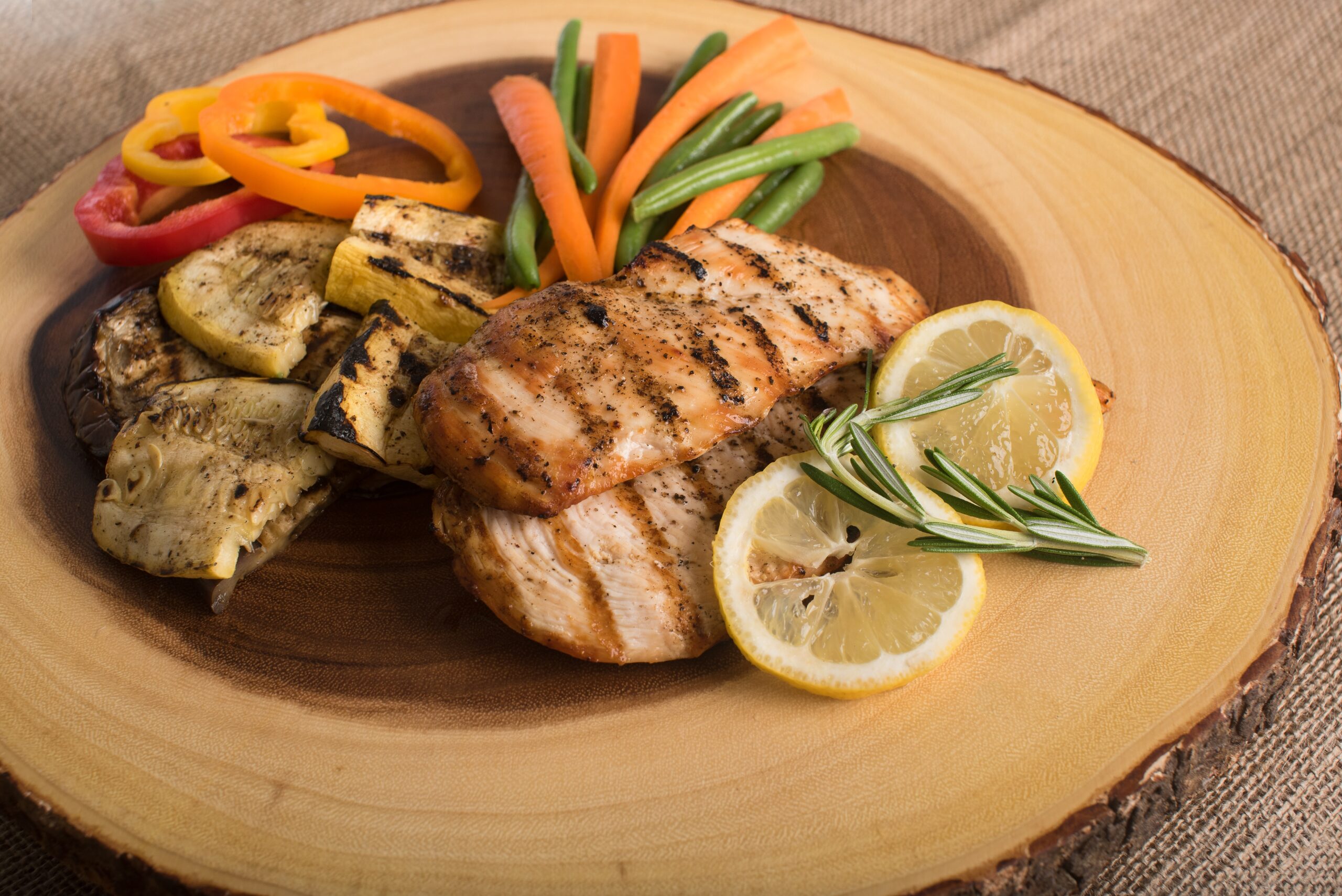What to Eat for Healthy Joints and an Active Lifestyle

No matter the sport or distance, athletes strategically train their body to become a fit, race-ready machine. And we learn, sometimes the hard way, that pushing our body beyond its ability to recover has irreversible repercussions. With the numerous at-home recovery modalities on the market, athletes are fully accessorized with foam rollers, add-a-day sticks, compression gear, and at-home massage gadgets, but what about our joint health? A joint is a connection between two bones. Cartilage (smooth tissue), and synovial fluid (joint lubricant) cushion the joints, so the bones don’t rub together. Pain happens when the joint becomes injured, damaged, or worn out from an imbalance in body movement patterns over time.
For triathletes, joint pain can interfere with training, race day performance, and the pure enjoyment of competition. Maintaining joint health is essential for short term training and racing but critical for long term health and longevity in the sport.
Nourish Joints with Food
As it turns out, we are what we eat. The quality and food choices we make affect our body and how well it operates. And, we absorb nutrients best from food rather than supplements. So, ditch the pills, save your money, and load up on foods that are healthy and beneficial for muscles, bone, and joints.
Calcium strengthens and provides structure to bones. Inadequate intake interferes with bone healing.
Best sources – milk/milk alternatives, cheese, yogurt, tofu, sardines, collard greens, calcium-fortified juices
Vitamin D is critical for calcium absorption, blood calcium homeostasis, and bone turnover. Inadequate intake can limit calcium absorption.
Best sources – sunlight, wild salmon, fresh Atlantic herring, canned tuna, egg yolk, fortified cereals, wild mushrooms, sardines, fortified milk (cow, soy, and almond) and juice
Vitamin C serves as a co-factor in collagen synthesis, the main protein in joint tissue and bone.
Best sources – citrus fruits, pineapple, bell peppers, kiwi, broccoli, baked potato, tomato, kale, strawberries, raspberries
Omega-3 Fatty Acids promote healthy joints and reduce joint pain and swelling.
Best sources – salmon, mackerel, flaxseed, chia seeds, walnuts
*Glucosamine is an amino sugar that plays a key role in the growth and repair of connective tissues such as articular cartilage in joints.
Best sources – softshell crab, sardines and anchovies
*Chondroitin is a component of cartilage that aids in cartilage synthesis by providing material for the formation of new tissue and the absorption of fluid into connective tissue.
Best sources – connective tissue in meat, gristle on bones
*Assist with joint healing
Vitamin K & Magnesium may inhibit bone healing diet is below the daily recommended intake.
Best sources of Vitamin K – kale, spinach, turnip greens, collards, swiss chard, broccoli, Brussel sprouts
Best sources of magnesium – legumes, nuts/seeds, green leafy veggies, wild salmon, and tuna
Tips for joint health and recovery
- Maintaining proper hydration and electrolyte balance is essential to facilitate blood flow and nutrient delivery to the body for both recovery and healing injuries. During endurance training and racing, proper hydration can prevent fatigue driven injuries.
- Prioritize adequate protein consumption for tissue repair and minimizing muscle loss.
- Include calcium-rich foods at meals and snacks to ensure adequate intake for bone health.
- Running on pavement or concrete sidewalks can be hard on the joints. Mix up the terrain with trail running when possible.
- Overtraining or being under-recovered occurs when training volume and intensity exceeds the athlete’s capacity to recover. Overtraining can be tough on your joints. Be careful to avoid increasing training volume or intensity by more than 10% per week.
Meals/Snacks ideas that support healthy joints – for inspiration.
- Greek Yogurt with granola, walnuts, and fruit
- Calcium-fortified OJ with oatmeal and eggs
- Fortified cereal with milk and eggs
- Tofu, bell pepper, and veggie stir fry with brown rice
- Beef stew (includes cartilage) with potatoes, carrots, and tomatoes
- Grilled salmon with mushrooms and broccoli
- Sardines with tomato sauce on crackers
- String cheese and fruit
- Cottage cheese with strawberries









